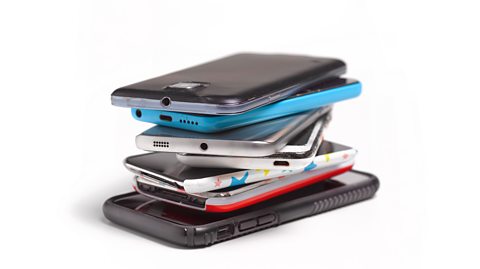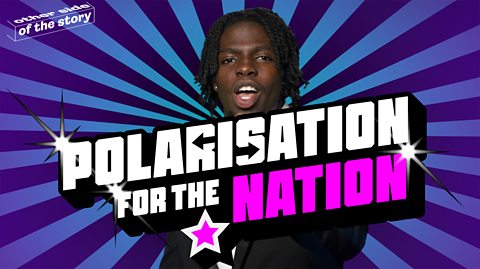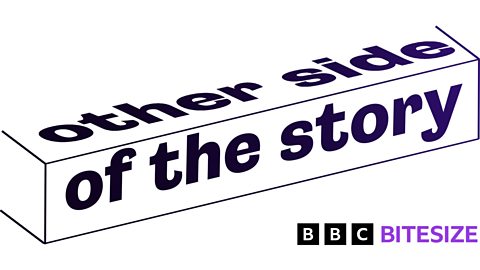
More than half of 13-18-year-olds are concerned about fake news, according to a ±«Óătv Bitesize and ±«Óătv 5 Live survey.
The Teen 24 poll of 2,000 teenagers, carried out by Survation, also shows that young people are increasingly using artificial intelligence, with 36% saying they had used AI technology to complete homework or coursework.
A quarter (25%) of those surveyed said they use their phones for more than five hours on a typical day, with fifty per cent saying they feel anxious without their phone.
Social media has made it easier than ever for fake news to spread, with content often shared with little to no thought about its source or reliability.
±«Óătv Other Side of the Story gives young people the tools to help navigate their social feeds and make informed decisions about the content they see and share online.
In a world where it’s becoming increasingly difficult to tell the difference between fake and fake, use our content to make your online experience stress free.

How can I identify fake news on my social feed?

Fake news can be hard to spot, made even more difficult with the huge increase in popularity of artificial intelligence. AI images and videos can look flawless, often making it impossible to tell what’s fake and what’s real.
However, the Other Side of The Story has lots of information and content to help you spot the fact from the fake, and steer clear of fake news.
From finding out how fake news spreads to how fake news can hijack your brain, our easy-to-digest guides, videos and quizzes will help clear up any worries you may have about fake news, and help you to understand complex concepts like bias, verification and reliability, in quick and easy ways.
And it doesn't stop there! AI isn't simply a tool for creating images and videos, the technology is slowly beginning to seep its way into our everyday lives. To learn more, check out the rules around using AI for homework.

Where can I find help about misinformation?
Misinformation is fake news that is created and spread by a MIStake – by someone who doesn’t realise that it’s false, but it's still very easy to be taken in by the news you see and be tempted to share it yourself.
It's important that you understand what misinformation is, and how you can spot it. It's also a good idea to be aware of and learn about DISinformation. Our guide on misinformation and disinformation is a good place to start and will help clear up any worries you may have about the spread of mis and disinformation.
What else does Other Side of The Story have to offer?
Other Side of The Story is here to help you navigate the world of online news, separate fact from fake and make sure you have a safer online experience. Some of our best content includes:
- Our fun monthly AI or Real quiz
- Our informative guide on how to spot clickbait
- This interesting article to help you think like a journalist
There's so much great content out there to help you stay ahead of the fakers and navigate the internet safely, head to our homepage to browse through all we have on offer!

Not sure if the news you’re seeing on social media is true or false? Can you always tell if the things you see online are real or fake? Learn how to get the other side of the story with our quizzes, videos and explainers.


